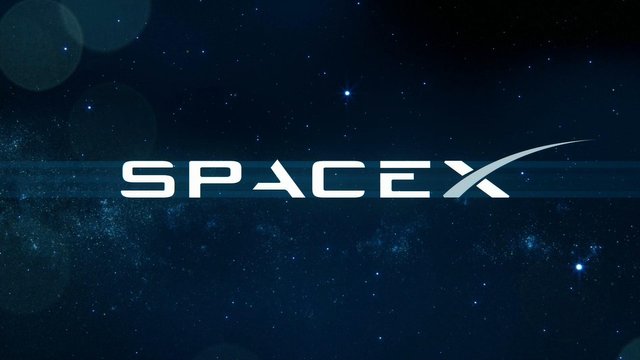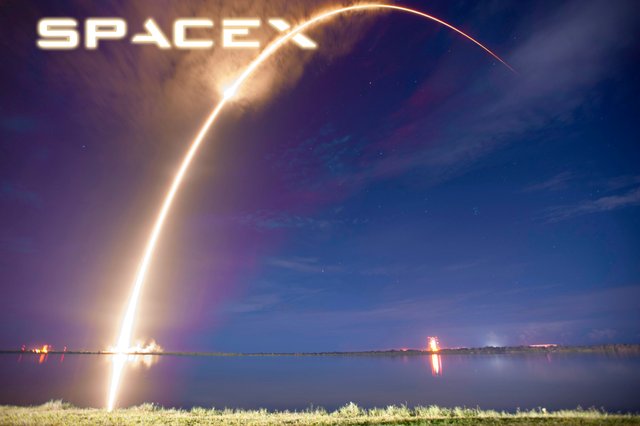How SpaceX Reinvented the Rocket Launch Industry
SpaceX recently created history by launching an International Space Station refueling mission from the same launch pad that was used to launch the moon mission. While the launch is a technical feat in itself, SpaceX has also achieved a business feat of sorts in launching rockets. This is because the Hawthorne, Calif.- based company has drastically reduced the costs of launching rockets and, in the process, emerged as a front runner in the industry.
In 2012, SpaceX advertised a launch price of $57 million for Falcon 9, a two-stage rocket designed and manufactured by the company to transport satellites. At that point of time, the market for rocket launches was dominated by Arianespace, a French company that had a head start of more than three decades over SpaceX. At $137 million per launch (inclusive of subsidies from the European government),
Arianespace's costs for satellite launches were more than double those of SpaceX. (See also: Space Exploration Technologies Corp.)
Research firm Jefferies estimated that a Falcon 9 launch costs $61.2 million, with a margin of 40 percent for the company. In an interview, SpaceX CEO Elon Musk said the Falcon 9's first stage accounts for 75% of total launch costs. This means a total cost of $27.5 million for the rocket's first stage.
Because SpaceX is a private company, it has not divulged the secret to its pricing. It has also not filed for patents because they might reveal secrets about its technology. However, in an interview, Musk hinted at how the space company has achieved cost-efficient launches. He said the company operated with a "Silicon Valley operating system and DNA as applied to the problem of space transport." This means eschewing conventionally accepted business maxims, such as outsourcing, prevalent in the space industry. Instead, SpaceX is vertically integrated and has built its entire supply chain, from rocket engines to the electronics components used in its rockets, from scratch. (See also: The Reality of Investing in Space Exploration.)
In the process, it has innovated in processes and technology. For example, the production floor and engineering are situated right next to each other in the company's factory for faster turnaround and better communication. Similarly, its two-stage rockets carry just one set of fuel tanks loaded with propellants that will be used across both stages. Most previous rockets used three sets of propellants for as many stages. One can presume that the decline in the cost of certain components, such as sensors and electronics, has also helped the company reduce prices. (See also: Will Elon Musk's SpaceX Go Public?)
With the launch of its first reusable rocket last year, it is quite possible that SpaceX will further bring down rocket launch costs. A reusable rocket adds economies of scale to operations. Thus, the more times a rocket is reused, the cheaper its launch costs become. Arianespace has estimated that a partially reusable rocket would need to be relaunched 35-40 times per year to realize its full cost benefits. The French company is expected to launch its first reusable rocket in 2020, and it is scheduled to be reused 12 times per year.
References: Investopedia

